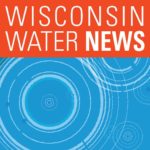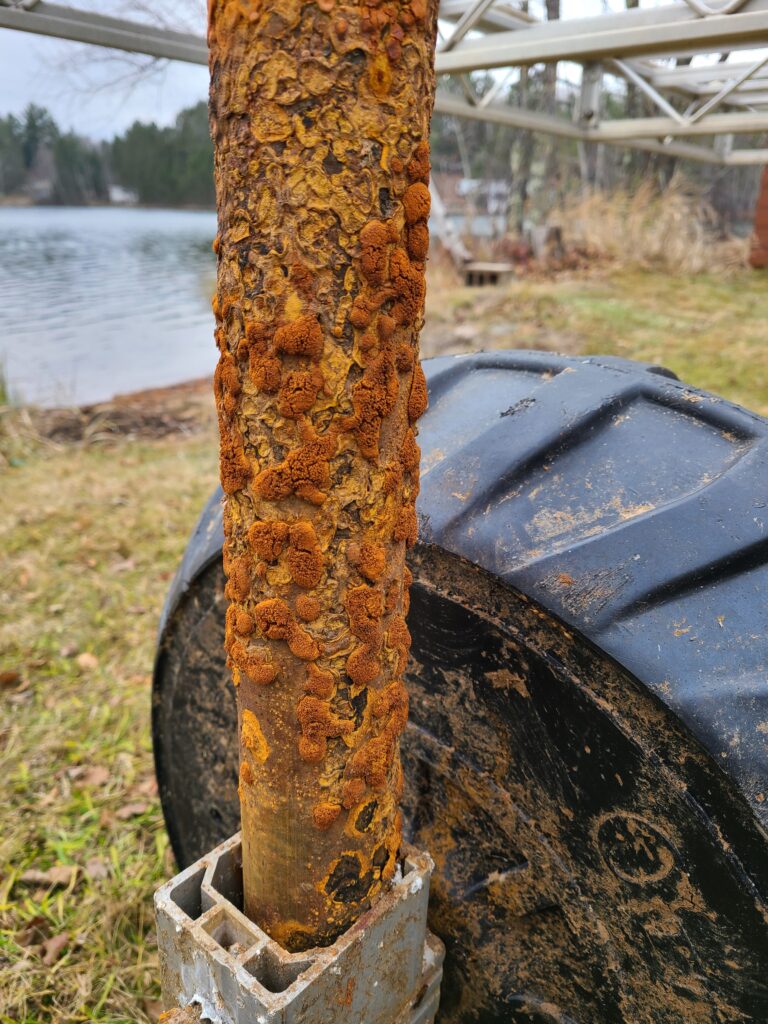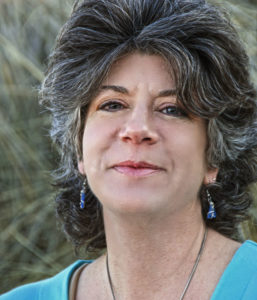Episode 31, 1/26/21
Freshwater Steel Corrosion Occurring Beyond Lake Superior Harbors

Visitors to the Superior and Duluth ship canals enjoy watching cargo ships come and go. What they may not realize is that the structures supporting these ships – such as docks and breakwalls — are under a silent and slow attack.
The culprits are microbes, which are corroding underwater steel structures at an accelerated rate. The problem was first noticed in 1998. Researchers funded in part by the Wisconsin and Minnesota Sea Grant programs eventually discovered that the microbes are working in a complicated interaction between water and the steel. Bacteria form small lumps, or tubercles, on the steel. The lumps limit oxygen and allow small amounts of copper in the water to interact with and dissolve the steel, which results in pockmarks and holes that compromise steel structures.
In addition to the Duluth-Superior Harbor, the corrosion was found in other Lake Superior Harbors located in Wisconsin, Michigan, Minnesota and Canada.
Along with partners, Gene Clark, retired Wisconsin Sea Grant coastal engineer, devoted considerable energy into ferreting out the causes of and ways to mitigate this corrosion, which can lead to costly harbor infrastructure replacement.
A group of experts brought together to investigate the issue in 2004 blamed water chemistry specific to Lake Superior. However, those still tracking the issue have discovered this microbially influenced corrosion problem is more widespread. It’s being found in inland lakes in northern Minnesota and in the St. Louis River, far upstream from Lake Superior.

A steel dock post on Wilson Lake near Cotton, Minnesota, shows the same biocorrosion tubercles as those found in the Duluth Superior Harbor. Photo taken in 2020. Image credit: Marie Zhuikov, Wisconsin Sea Grant
Thanks to our guests
Jim Sharrow, Retired – Duluth Seaway Port Authority
Randall Hicks, University of Minnesota Duluth
Chad Scott, AMI Consulting Engineers
Mikael Elias, University of Minnesota Twin Cities
Credits

Marie Zhuikov | Host
Senior Science Communicator
What I do at Sea Grant
Marie writes about Great Lakes water issues, Sea Grant activities and research. She also works on podcasts, oversees the Wisconsin Sea Grant blog, and takes photos. She works in collaboration with program scientists, outreach specialists and institute staff to build water science literacy. Prior to joining Wisconsin Sea Grant in 2012, Marie worked for Minnesota Sea Grant for 15 years.


